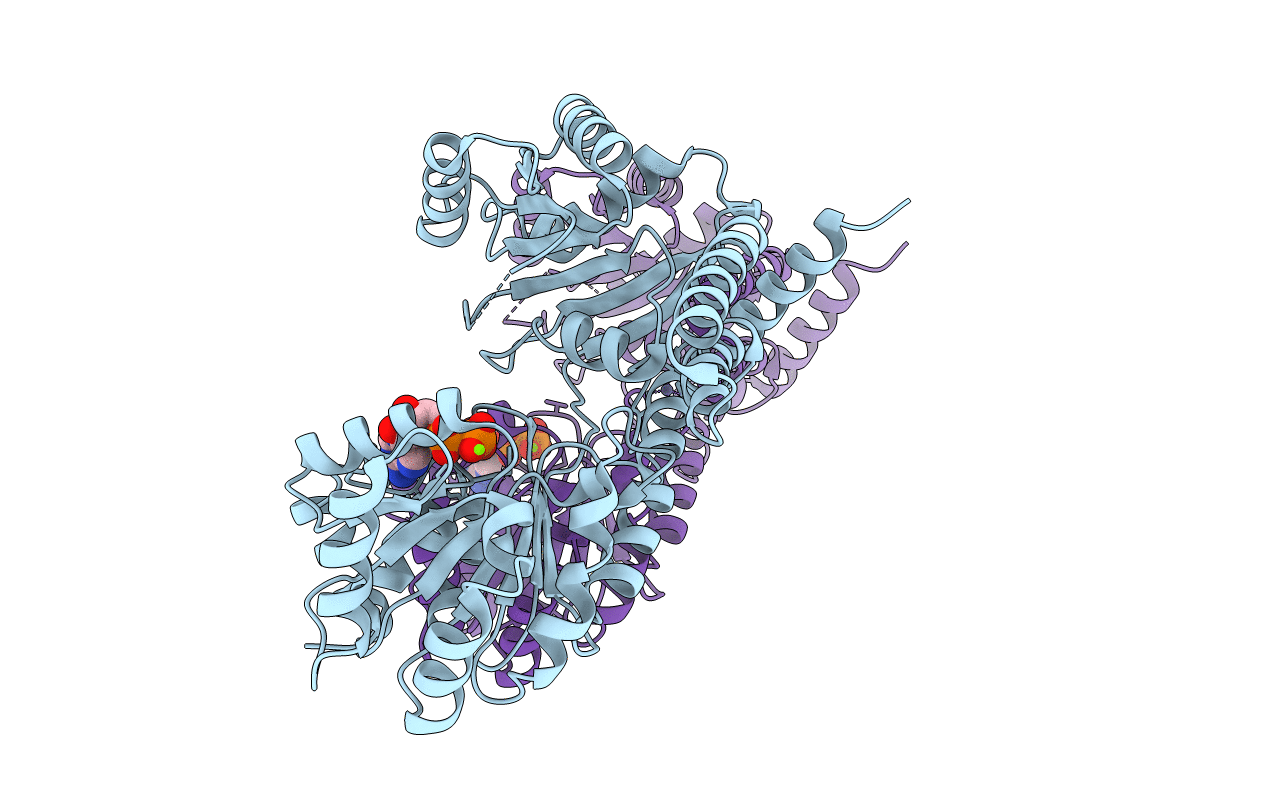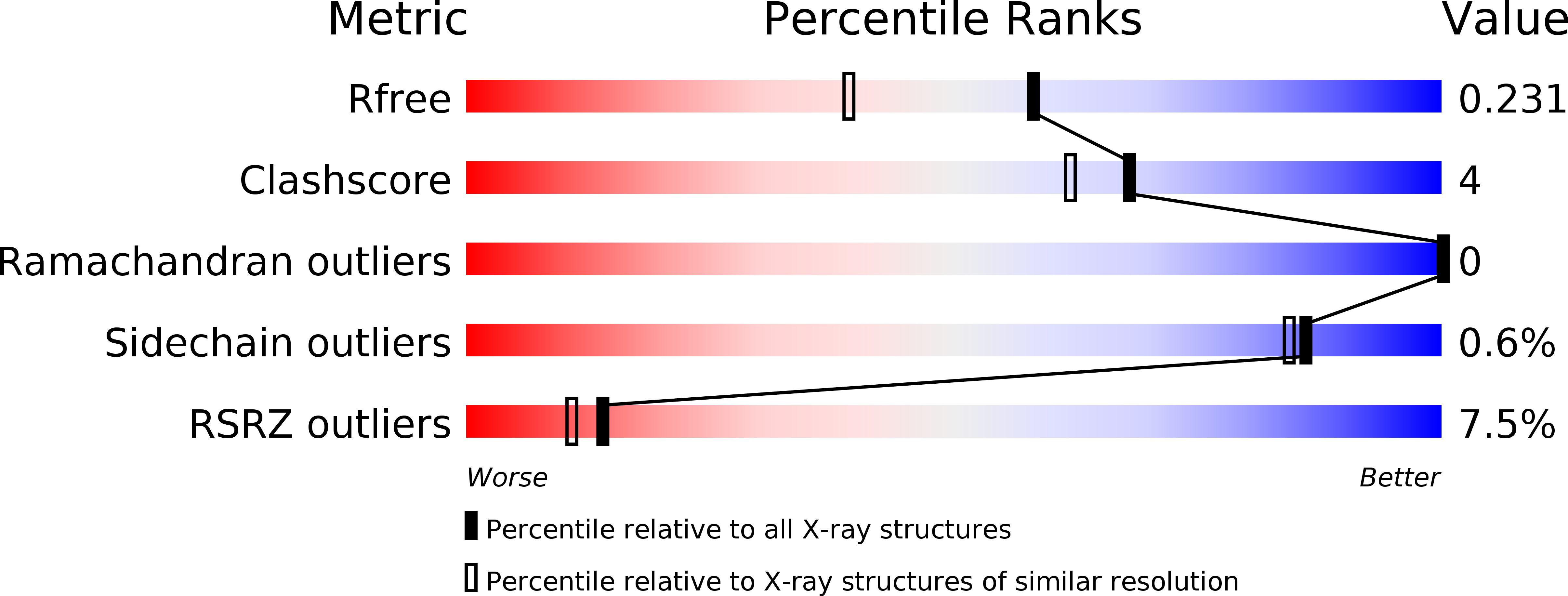
Deposition Date
2016-06-15
Release Date
2016-07-06
Last Version Date
2024-01-10
Entry Detail
PDB ID:
5LB3
Keywords:
Title:
Crystal structure of human RECQL5 helicase in complex with ADP/Mg.
Biological Source:
Source Organism:
Homo sapiens (Taxon ID: 9606)
Host Organism:
Method Details:
Experimental Method:
Resolution:
1.80 Å
R-Value Free:
0.23
R-Value Work:
0.19
R-Value Observed:
0.19
Space Group:
P 1 21 1


